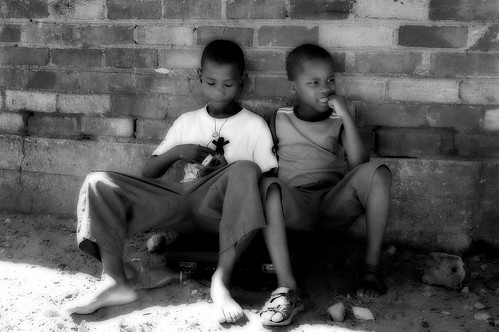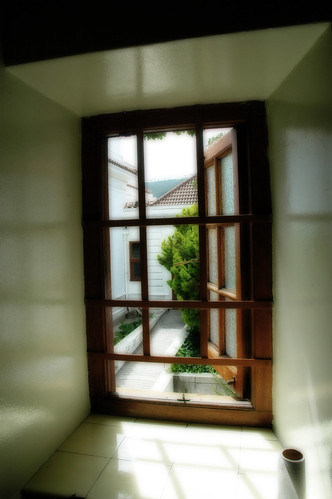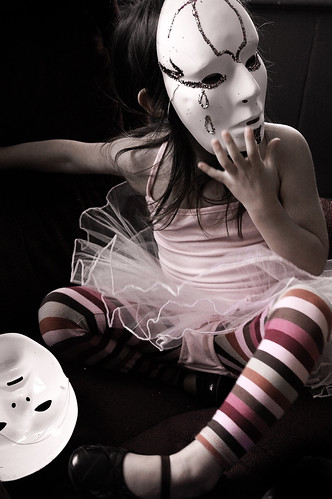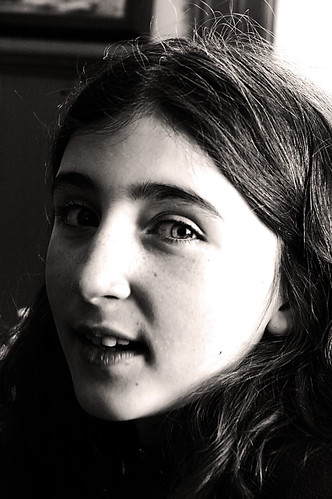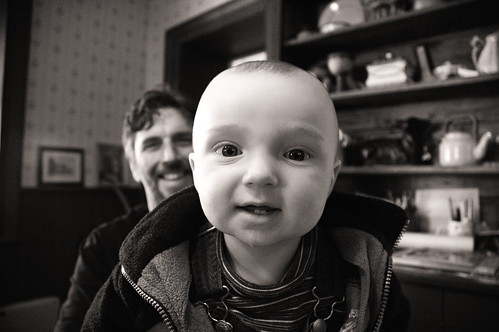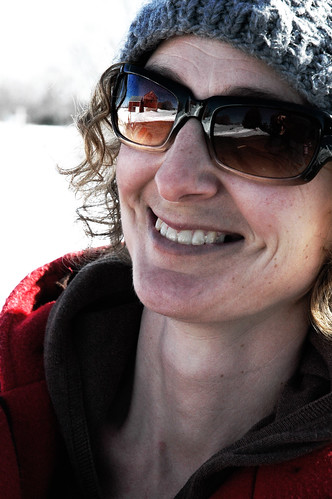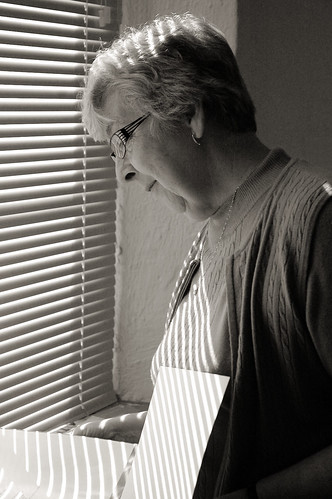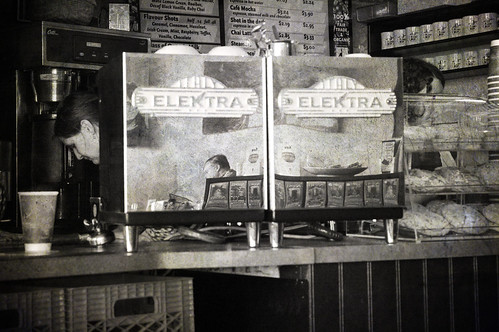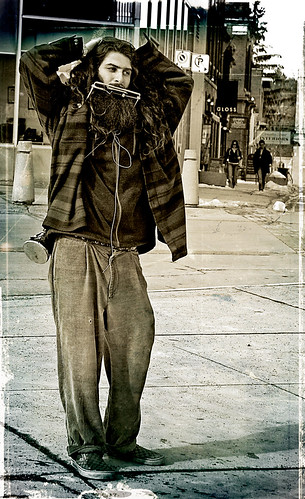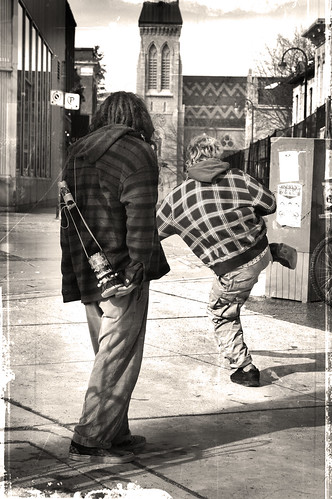I’ve spent the last couple of hours surfing for more photography blogs to return to later for information and inspiration. One of the few that engaged me for more than a few seconds is conscientious by Jorg Colberg. Anyways, one of his posts linked to portraits of crack addicts by Tony Fouhse, though he questioned this kind of photography with :
“I’m somewhat torn about “User”, though – not so much because of the photography, but because of the subject matter. I’ve lately seen a quite a few series on drug users, and I’m not sure whether turning drug users into a fine-art photography fad is going to help them too much. Needless to say, this concern applies not just to Tony’s work, but to all the other photographers who have produced similar work as well.”
Now, I suspect I need to state my bias towards this very kind of photography (to see Fouhse’s images, go to the Personal menu and choose USER – I can’t link directly to it because his gallery uses Flash). I’m fascinated by street people (and I use this term to include drug addicts and people with severe mental illness) in photography. It seems that street people are at once visible and invisible, that as a society we would prefer not to see them at all.
I find myself reacting quite strongly to Colberg’s comment for a few reasons. First off, I’m not convinced that anybody’s “fine art photography” is obligated to “help” the people, things or places pictured in them. I do think photographs shouldn’t harm the people in the pictures, but even that can be argued, I suppose, if a greater good is served.
Second, I think that making portraits of drug addicts DOES help them. Why shouldn’t they be the subject of art photography? They’re people just like the rest of us, and there is no us and them, except for the walls we build around ourselves. In revealing the individuality of their subjects as human beings, good portraits also reveal the same spark of humanity that’s in all of us. And Tony Fouhse’s portraits are brilliant. Despite the candid feeling of each image, it’s obvious he interacted with each person, from the names of the people being used as the titles, and from his sensitive treatment. There is no judgment in these images.
* * *
As I wrote this, I explored Fouhse’s site a bit more, and discovered his blog, where he undefensively responded to Colberg’s comment. I dug through his archives a bit, and sure enough, he’s posted stories of the people he photographed.
This is the kind of work I’d like to aspire to.
* * *
Going just a little bit deeper into his archives, I see he got lots of media coverage, and the stories were written by a writer who interviewed the people they could find after his show opened. The writer did a great job to capture the same sensitivity as Fouhse did in the images. And, just so you don’t miss it, he posted an email he received from a social worker at a local homeless shelter who said that one of the people he photographed asked to have her print from Fouhse put in her file so she wouldn’t lose it or ruin it. “It was obvious that the time you took with her meant something, and I’m sure it’s something she will always remember, and keep with her.”
Oh – and the pics of him shooting one of those nights? Holy crap, I have long, long way to go…
*******
Other bloggers have picked up on this discussion, and expanded it. Check it out.
